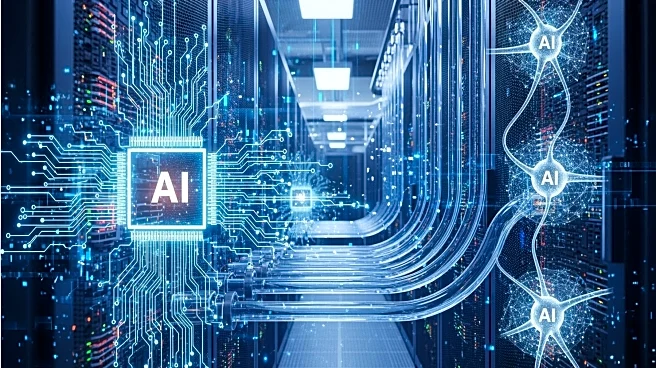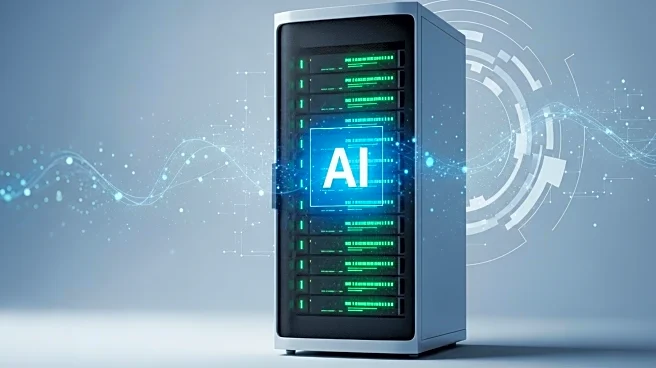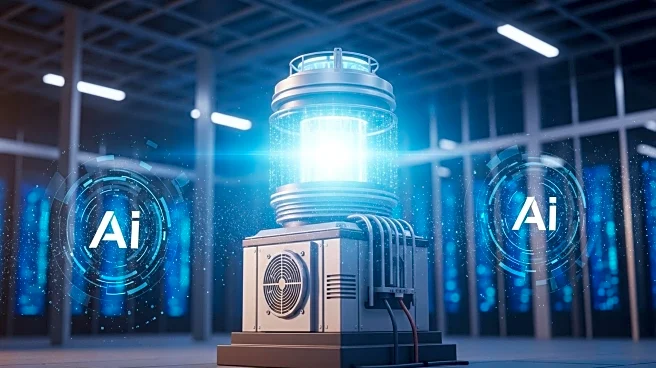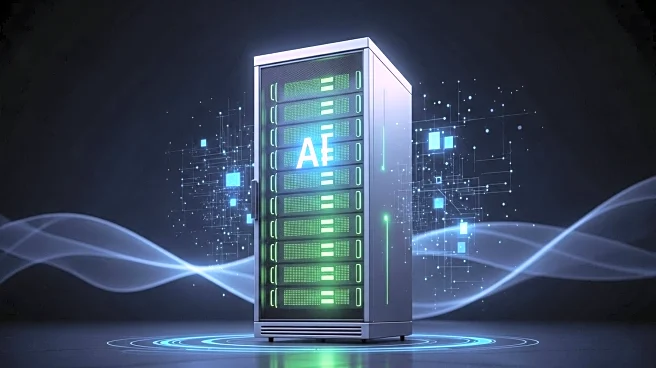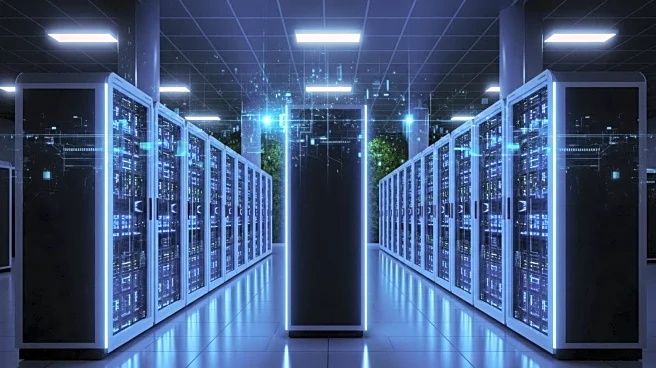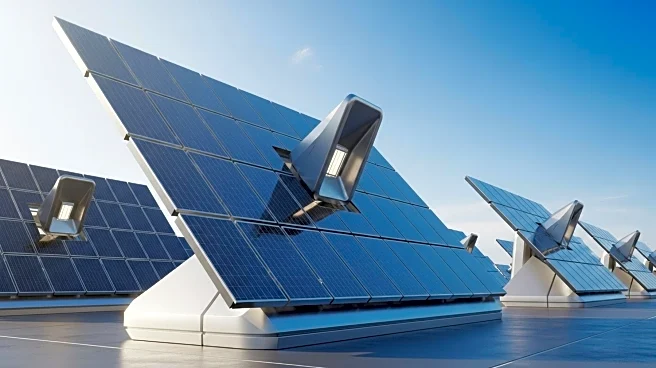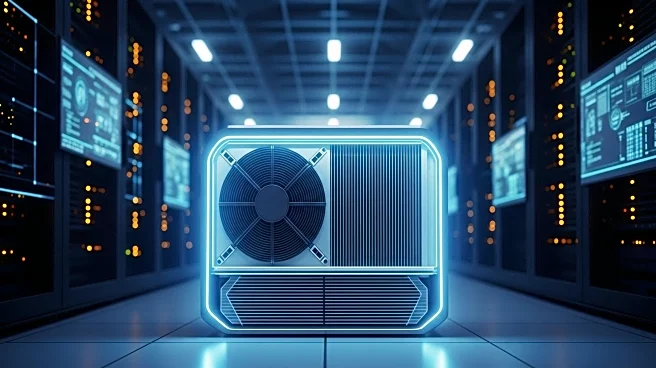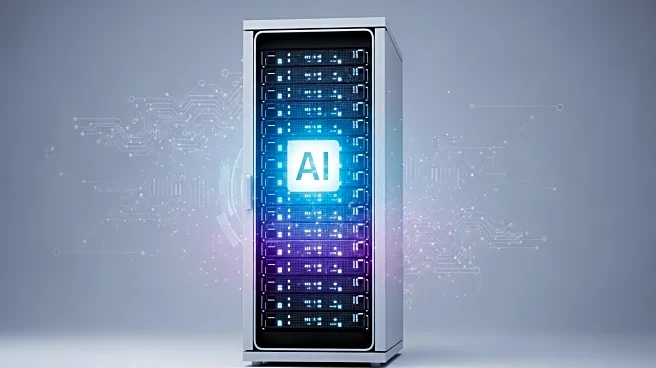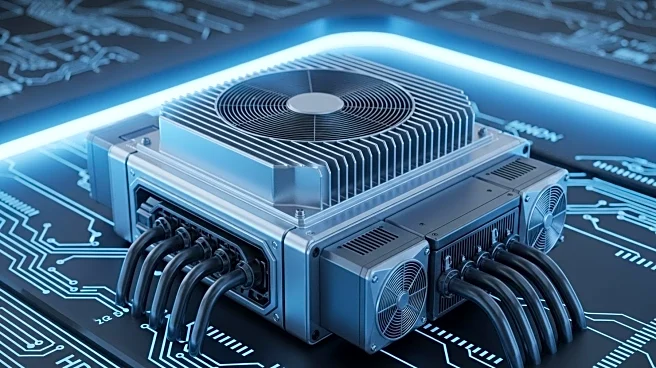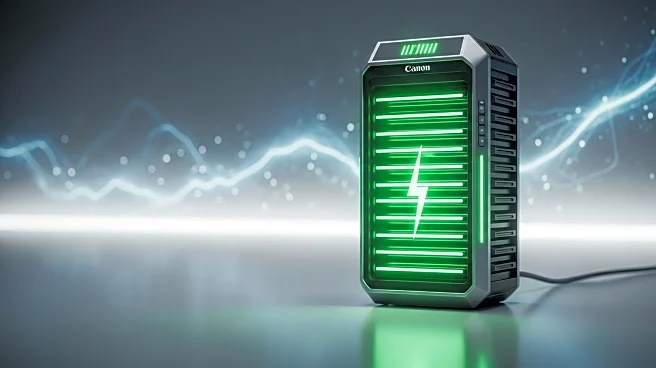What's Happening?
Data centers worldwide are exploring innovative methods to improve energy efficiency, focusing on liquid cooling and heat reuse. These facilities generate significant heat, traditionally seen as waste,
but new technologies are capturing and repurposing this thermal energy. Liquid cooling systems enhance heat transfer efficiency, enabling data centers to contribute to district heating networks. This approach is gaining traction in Europe, where data centers are integrated into municipal energy planning, providing sustainable heating solutions.
Why It's Important?
The shift towards liquid cooling and heat reuse represents a significant advancement in data center sustainability. By transforming waste heat into a resource, data centers can reduce their environmental impact and contribute to local energy needs. This development aligns with global efforts to enhance energy efficiency and reduce carbon footprints. The economic benefits include lower cooling costs and potential revenue from selling excess heat, making it an attractive option for data center operators.
What's Next?
Regulatory changes in Europe are encouraging data centers to adopt heat reuse practices, with mandates for heat recovery implementation. This trend is likely to expand globally, influencing data center design and operations. As technology and policy evolve, data centers may become integral components of urban energy systems, supporting renewable energy integration and reducing reliance on fossil fuels.
Beyond the Headlines
The integration of data centers into energy networks challenges traditional perceptions of digital infrastructure. It highlights the potential for technology to address environmental issues and contribute to sustainable urban development. This paradigm shift may inspire further innovations in energy management and foster collaboration between tech companies and municipalities.
